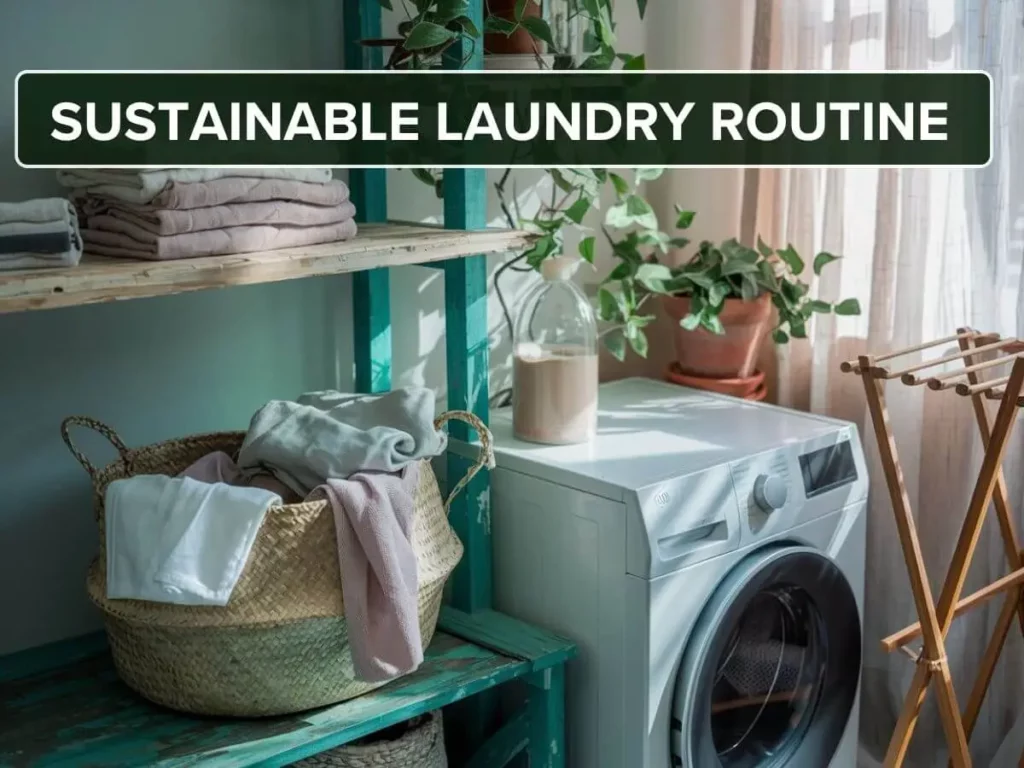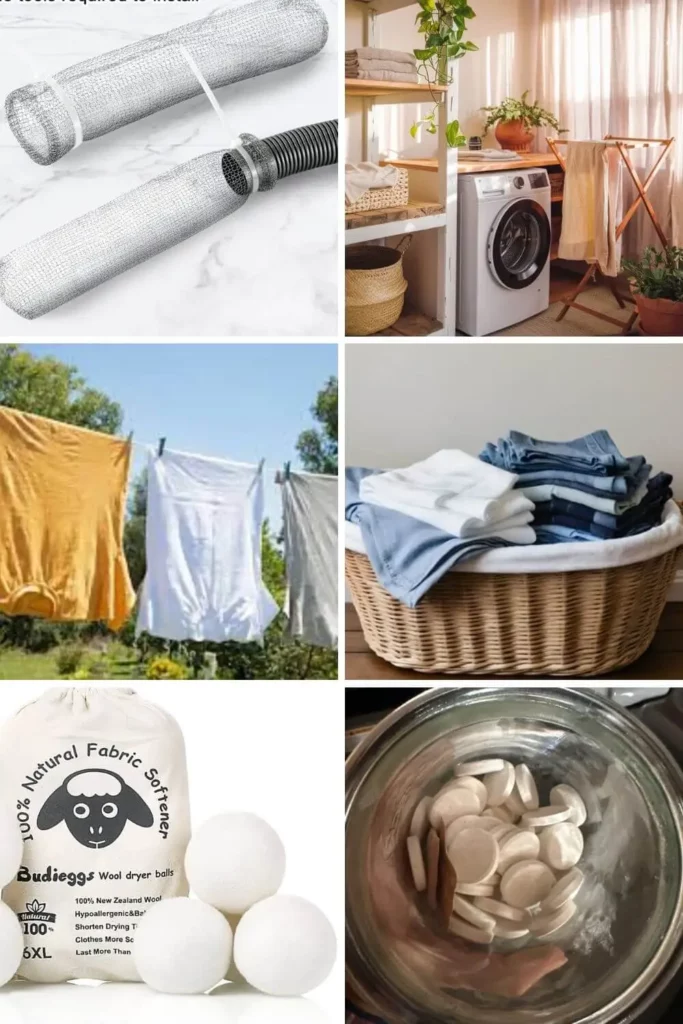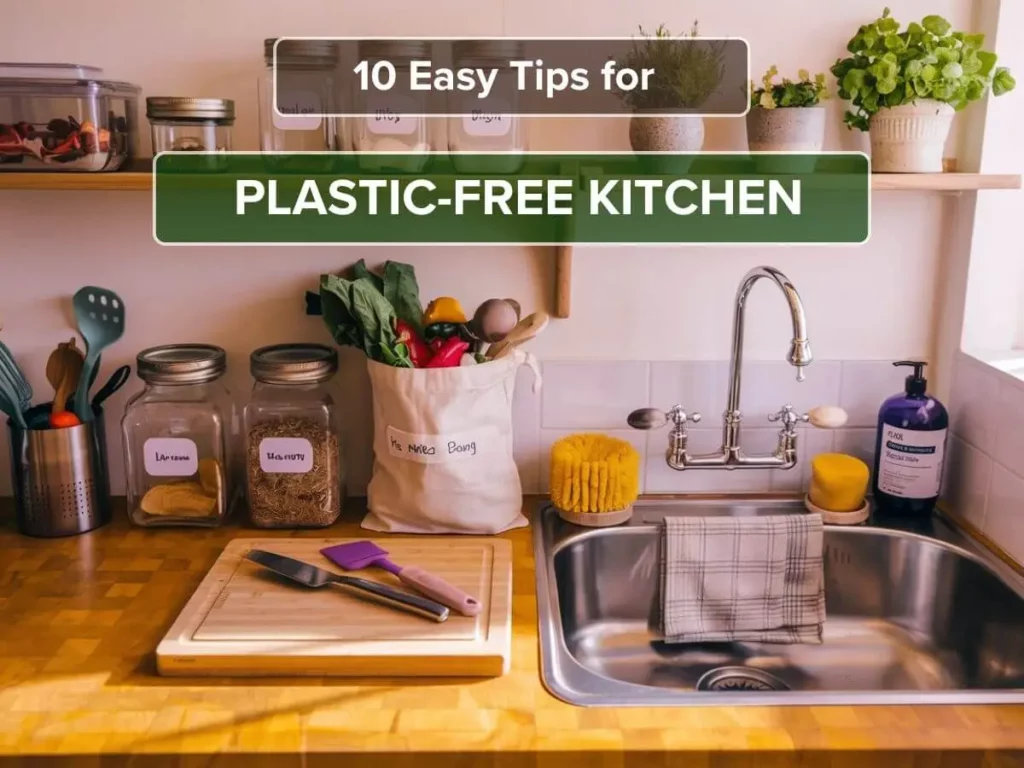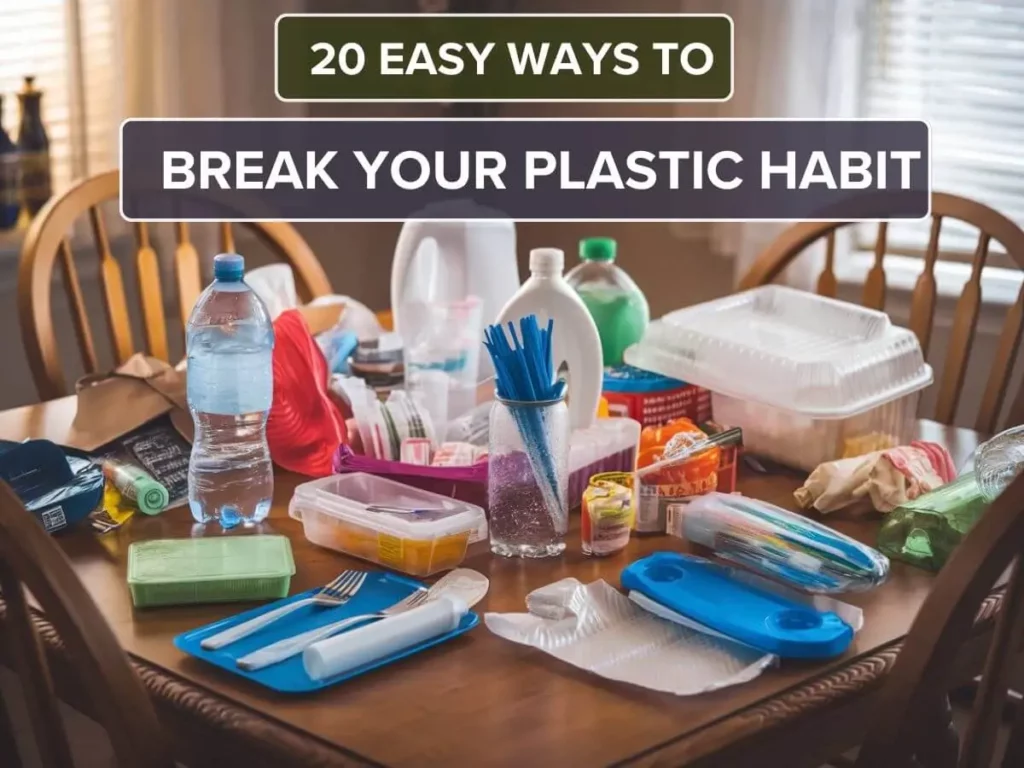(Disclaimer:This post may contain affiliate links which means I may receive a commission for purchases made through links. I will only recommend products that I genuinely believe in) Learn more.
Before 2020, I was using traditional detergents full of chemicals and other stuff. After starting my sustainable living journey, I shifted to eco-friendly detergents and even began making my own homemade detergent.
I’ve also made other eco-friendly changes to my laundry routine. Now, this makes it a truly sustainable practice.
An EPA report says the average American family washes nearly 300 loads of laundry per year and consumes over 10,000 gallons of water.

The sustainable routine I follow helps me save both energy and water. These small changes I made are simple and definitely make your laundry practice greener.
So, here are 10 tips to get started:.
1. Choose Energy-Efficient Appliances
If you are planning to buy a new washing machine or dryer, go for Energy Star-certified models. These appliances use less energy and water.
They consume about 25% less energy and 33% less water than standard models. Three years ago, my old machine broke down that winter.
After some research, I purchased an Energy Star-certified front-loader washing machine. The upfront cost is a bit expensive, but it saves you money in the long run.
For me, it cost around $1,200. When I switched, I noticed a drop in my water bill.
2. Wash with Cold Water
The heating water accounts for 90% of the energy used in a washing machine. If you use cold water, you can save energy and reduce your utility bills.
Most of the modern detergents available today, are designed to work effectively in cold water. The only exceptions are bed linens and towels during allergy season.
I’ve been using cold water for years, and my clothes still come out clean and fresh.
3. Use Eco-Friendly Detergents
Traditional detergents we normally use contain harmful chemicals that pollute waterways. We can avoid this by using biodegradable, plant-based detergents.
You can make your own detergent at home, it is easy. I now make my own detergent using castile soap, washing soda, and borax.
The initial expense to purchase these supplies was around $45, but it’s lasted six months so far. For particularly tough stains, I pre-treat with a paste made from washing soda and water.
It works well with almost everything. I even wash my nephew’s grass-stained soccer uniforms, and my own garden-soiled clothes using them.
Sometimes I buy Blueland Laundry Detergent Tablets from Amazon- as an alternative. These laundry tablets are natural, sustainable, and completely plastic-free.
4. Air-Dry Your Clothes
Dryers consume lots of energy. Whenever possible, skip the dryer and hang your clothes to dry. I use a collapsible wooden drying rack in my apartment. Air drying saves me money and also extends the life of my clothes.

5. Wash Full Loads Only
If you run a half-full washing machine, it wastes water and energy. I mostly wait until I have a full load to make the most of each cycle.
This looks like a small thing, but it really counts—especially when you’re washing several loads a week.
6. Use a Lint Filter
Our synthetic fabrics shed microplastics during washing. These microplastics often end up in our waterways. I have attached a lint filter to my machine.
It captures these particles. These filters help to keep harmful plastics out of the environment.
7. Switch to Wool Dryer Balls
If you are using fabric softeners or dryer sheets, I suggest you try wool dryer balls. These wool balls reduce drying time, soften fabrics, and eliminate static without releasing harmful chemicals.
I often add a drop of lavender essential oil to mine for a subtle, natural fragrance.
8. Avoid Overwashing Clothes
It is not necessary to wash everything after one wear. Jeans, for instance, can go a few wears before they need cleaning. Overwashing wastes resources and also wears out our clothes faster.
9. Use Shorter Wash Cycles
Today almost all washing machines have quick wash settings. This option uses less water and energy. If your clothes are not heavily soiled, go for a quick wash, it means a shorter cycle. I always use quick wash for lightly worn clothes.
10. Dispose of Old Laundry Products Responsibly
If you have leftover non-eco-friendly detergents or fabric softeners, don’t just toss them in the trash. Check if any local hazardous waste disposal programs in your area.
Many communities, including mine in New Jersey, have drop-off points for safe disposal.
So these are some of the tips for a sustainable laundry routine. A sustainable laundry routine is also an important part of sustainable living.
If you think I forgot to mention something that already works for you- then let me know in the comments below.



